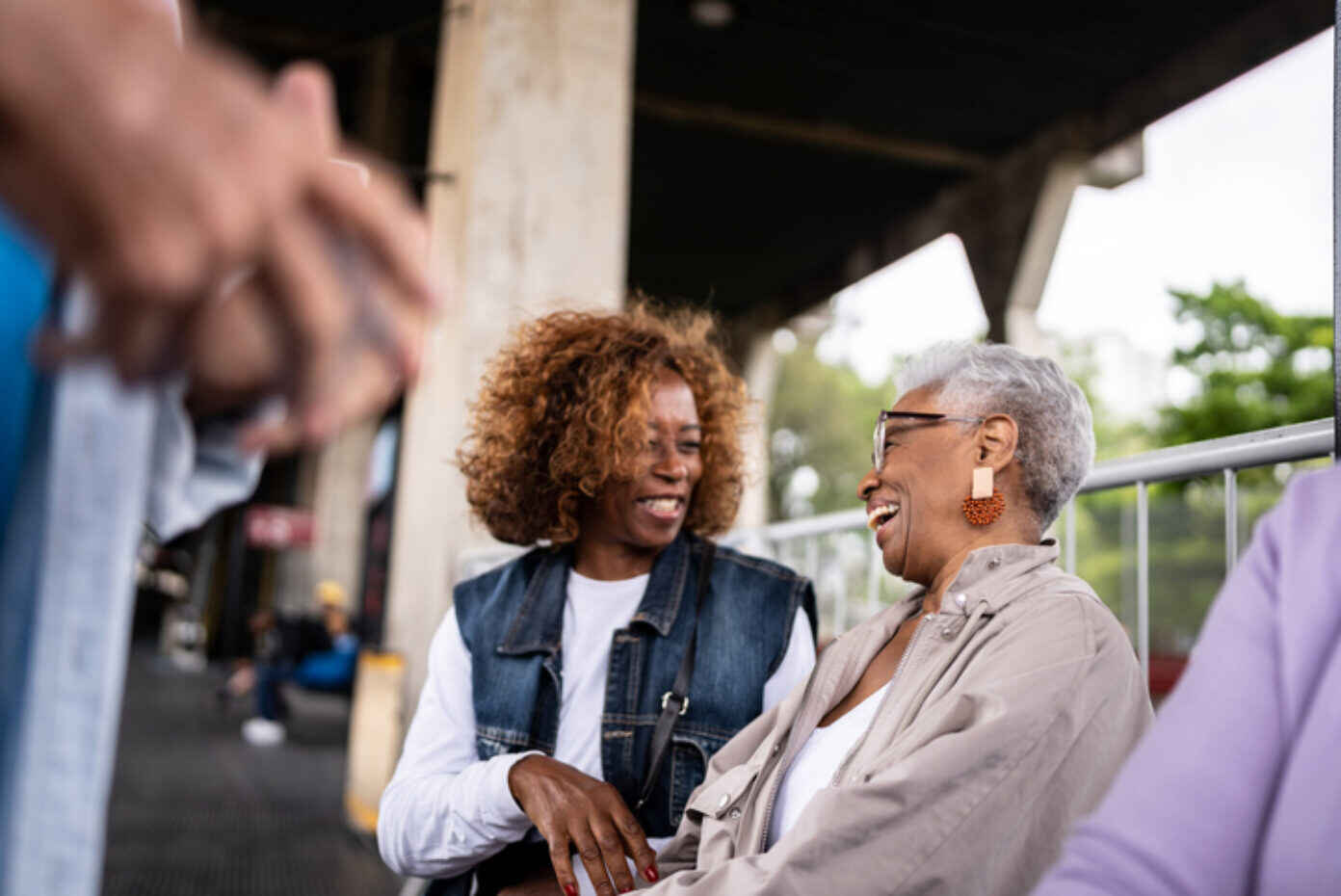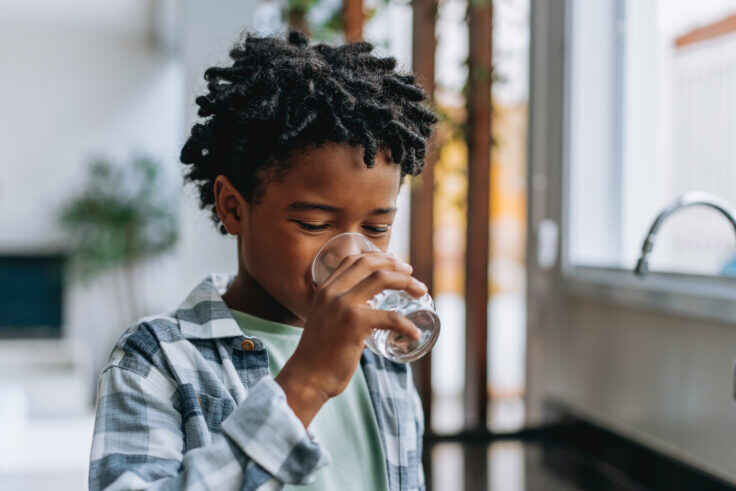Equitable Community Engagement and Climate Change: Two Toolkits
March 22, 2023
Overview
It’s critical that climate solutions prioritize and improve lives in communities that have historically been at the margins of government priorities. Yet, even as governmental agencies work to reach out to community members to engage them in this work, community members often express how difficult it is to get government agencies to really listen to their urgent needs and act in their best interests. Two new Network toolkits provide practical guidance for addressing two climate-driven public health needs: community-centered emergency response and preparedness, and community-centered solutions to extreme heat.

A question that health departments often ask is how to meaningfully engage with community members to promote health equity while doing climate work. Community members and non-profit organizations that we have worked with at the Network have also shared how difficult it is to get government agencies to really listen to the urgent needs of their communities and act in their best interests.
Why is there this mismatch even as both groups have worked to connect? One reason is that historically there has not been a true meeting of the minds between these groups. For instance, communities on the frontlines of climate harms have long been attuned to the structural and systemic nature of these harms because it is part of their lived experiences. In contrast, it’s more difficult for individuals who lack this lived experience to grasp the true nature of the problem and to fully appreciate the missteps and harms that inevitably occur when community perspectives are left out. As the climate crisis accelerates, there is much work to be done to center the needs of communities who have been pushed to the margins of our social structures and institutions by those with decision-making power.
What does being pushed to the margins look like? People living on low-incomes and communities of color experience disproportionately higher exposure to extreme heat, in many cases because of racist redlining practices. Tribes struggle to access federal funds to protect their communities before and after disasters because of complex regulatory schemes that essentially make such funding inaccessible. California droughts have hit rural Hispanic farmworkers especially hard, limiting access to safe drinking water and available agricultural work. Finally, researchers found that the Federal Emergency Management Program has contributed to racial “wealth inequality beyond that attributed to natural disasters themselves.”
Working from the margins will require a momentous shift in how things are done. To pretend otherwise would be a disservice to many communities of color, Tribal communities, and communities living on low incomes whose lives and livelihoods depend on the implementation of deep structural reforms, not just a tinkering with the systems we already have in place. Engaging with impacted communities and ensuring they have a say in identifying equitable solutions to the harms they are enduring, is a good place to start.
Climate harms present grave threats to public health. Some of these health hazards include death, heat stroke, respiratory illness, cardiovascular distress and increases in vector born disease, valley fever, and domestic violence, as well as rising emergency room visits for mental health conditions and substance use disorders. Although no community will be left untouched, these impacts must not continue to fall most heavily on communities of color and those living on low incomes.
Climate solutions must prioritize and improve lives in communities that have historically been at the periphery of government priorities. To support this effort, the Network has produced two toolkits that focus on climate-driven public health needs:
1. Community-centered emergency response and preparedness, which includes:
- Inequitable Outcomes of Climate Emergencies Demonstrate the Need for Changes in Practice and Policy; and
- Prioritizing Cultural Safety During Climate-Related Emergencies.
2. Community-centered solutions to extreme heat, which includes:
- Creative Strategies to Mitigate Extreme Heat: Miami-Dade County’s Chief Heat Officer and Phoenix’s Office of Heat Mitigation and Response; and
- Law and Policy Pathways to Community Centered Protections from Extreme-Heat.
The toolkits are designed to help government agencies center communities and health equity in their climate work. Each of these pieces can be read as a stand-alone resource. For those who are new to climate and health equity work, or for those looking for examples of how laws and policies have harmed communities of color, we recommend starting with the Inequitable Outcomes fact sheet.
As you read through the toolkits, any questions, comments, or reflections are welcome. Please feel free to connect with me or our team. Let’s work together and get it right.
This post was written by April Shaw, Senior Staff Attorney, Network for Public Health Law – Northern Region Office. The Network for Public Health Law provides information and technical assistance on issues related to public health.
The legal information and assistance provided in this document do not constitute legal advice or legal representation. For legal advice, readers should consult a lawyer in their state. Support for the Network is provided by the Robert Wood Johnson Foundation (RWJF). The views expressed in this post do not represent the views of (and should not be attributed to) RWJF.



